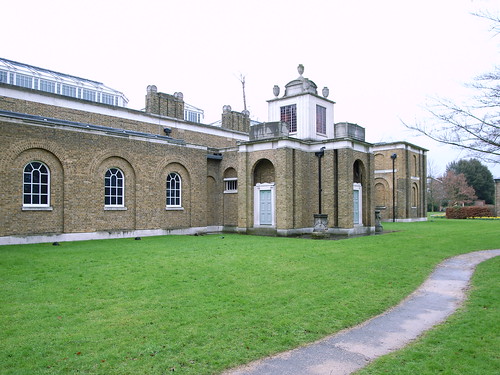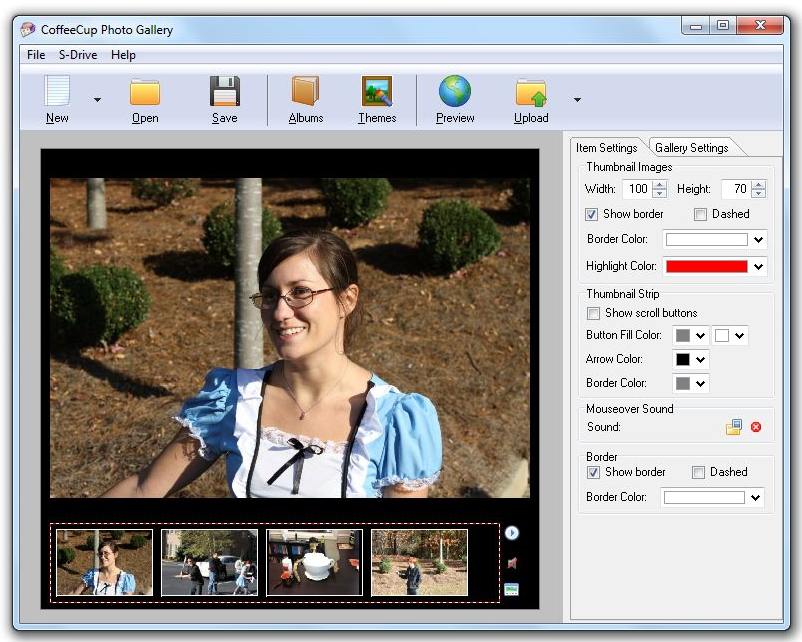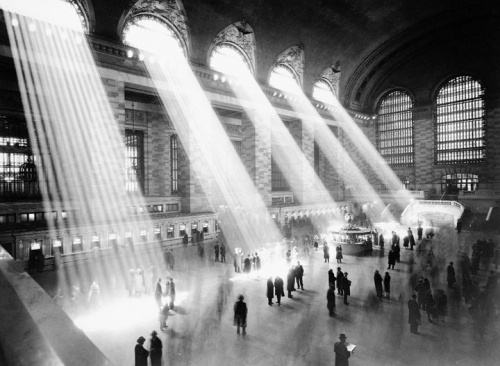Online Picture Gallery Biography
Name: Dulwich Picture Gallery(On Line)
Established: 1817
Location: Dulwich, London, England
Website: Dulwich Picture Gallery
Dulwich Picture Gallery is an art gallery in Dulwich, South London. England's first purpose-built public art gallery, it was designed by Regency architect Sir John Soane and opened to the public in 1817. Soane arranged the exhibition spaces as a series of interlinked rooms illuminated naturally through skylights – a concept that had an enduring influence on art gallery design. The gallery houses one of the country’s finest collections of Old Masters, especially rich in French, Italian and Spanish Baroque paintings and in British portraits from Tudor times to the 19th century. The Gallery is a registered charity.
The Dulwich collection was first put together by Sir Francis Bourgeois (1753–1811), originally from Switzerland, and his business partner, Frenchman Noël Desenfans. The two ran a successful art dealership in London and in 1790 were commissioned by the King of Poland, Stanislaus Augustus, to put together a "royal collection", which the monarch lacked and thought would encourage fine arts in Poland. Touring around Europe buying fine art, Bourgeois and Desenfans took five years to put the collection together, but by 1795 Poland had been partitioned — divided up by its stronger neighbours — and no longer existed.
Bourgeois and Desenfans attempted to sell the collection to other nations but were unsuccessful and instead sold small pieces to fund the purchase of further important works, keeping the collection in London. After the death of Desenfans in 1807, Bourgeois contacted the British Museum about bequeathing the collection on his own death, but was put off by the attitude of the Museum's trustees. Upon Sir Francis Bourgeois's death in 1811, he bequeathed the collection to Dulwich College (then part of a larger charity, Alleyn's College of God's Gift) and Dulwich Picture Gallery was founded by the terms of his will.
A major addition to the collection came in 1835, when William Linley — last of a musical and theatrical family — bequeathed his collection of family portraits to the gallery on his death.
On 31 December 1966 eight paintings were stolen; three by Rembrandt, three by Rubens and one each by Gerrit Dou and Adam Elsheimer. They were worth at the time about £4.5 million in total but a reward of just £1,000 was offered for their return. Nevertheless within a few days the paintings were recovered as the result of an investigation led by Detective Superintendent Charles Hewett, who had previously investigated suspected serial killer Dr John Bodkin Adams.
Michael Hall, an unemployed ambulance driver, was the only one of the thieves caught and was sentenced to five years in prison.
Rembrandt's small early Portrait of Jacob de Gheyn III has been stolen and recovered four times, most recently in 1983, and is listed in the Guinness Book of Records as the most frequently stolen artwork in the world. It has variously been recovered from a left-luggage office in West Germany in 1986; returned anonymously; found on the back of a bicycle; and discovered under a bench in a graveyard in nearby Streatham. The painting is now closely guarded by an upgraded security system.
In 1995 a major reorganisation of the historic Alleyn's College charity resulted in the reconstitution of Dulwich Picture Gallery as an independent registered charity.
In 2011 the Gallery celebrated its Bicentenary year.
Online Picture Gallery

Online Picture Gallery

Online Picture Gallery

Online Picture Gallery

Online Picture Gallery

Online Picture Gallery
Online Picture Gallery

Online Picture Gallery
 Online Picture Gallery
Online Picture Gallery


Online Picture Gallery

Online Picture Gallery

Online Picture Gallery

Online Picture Gallery

No comments:
Post a Comment